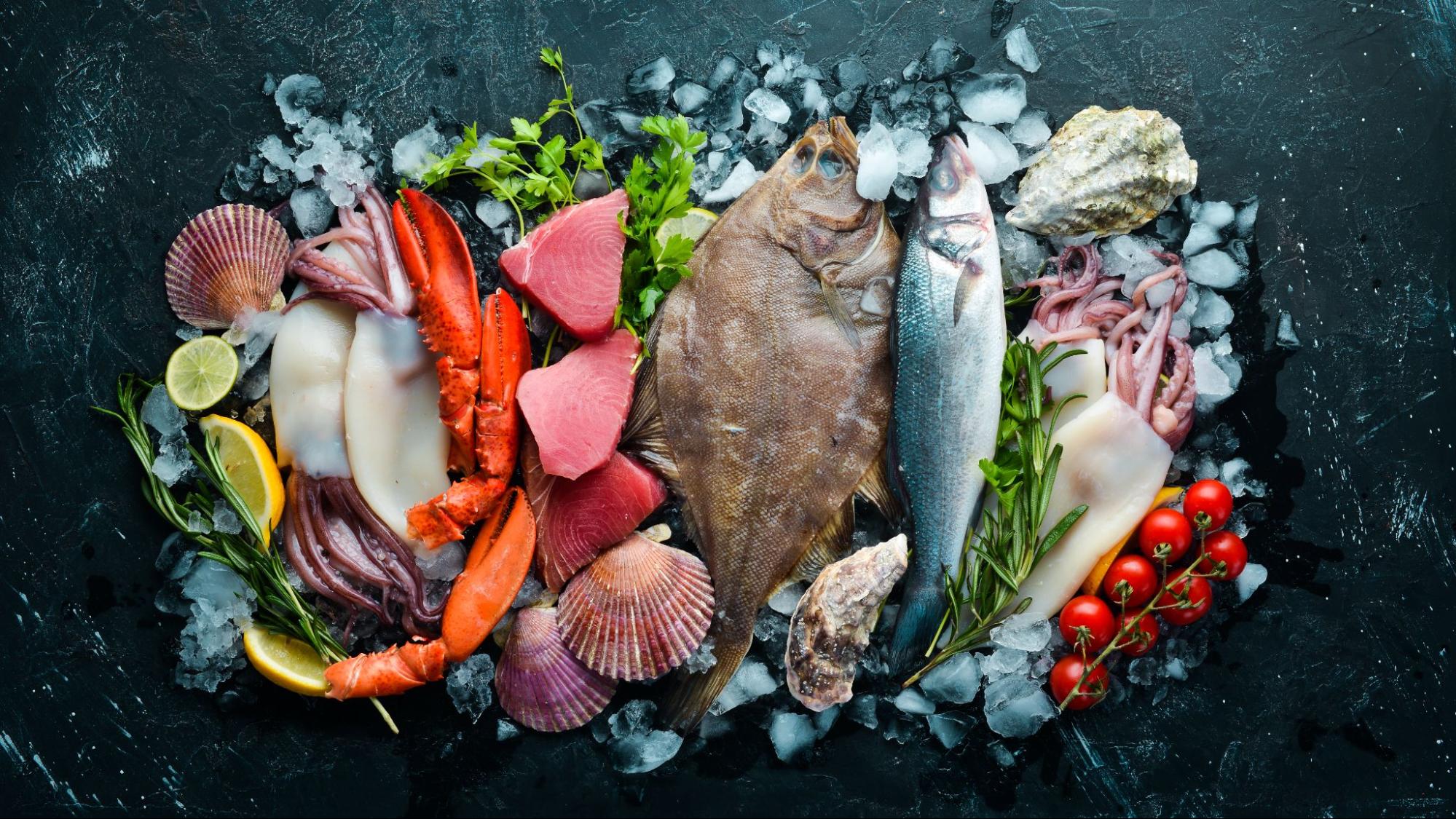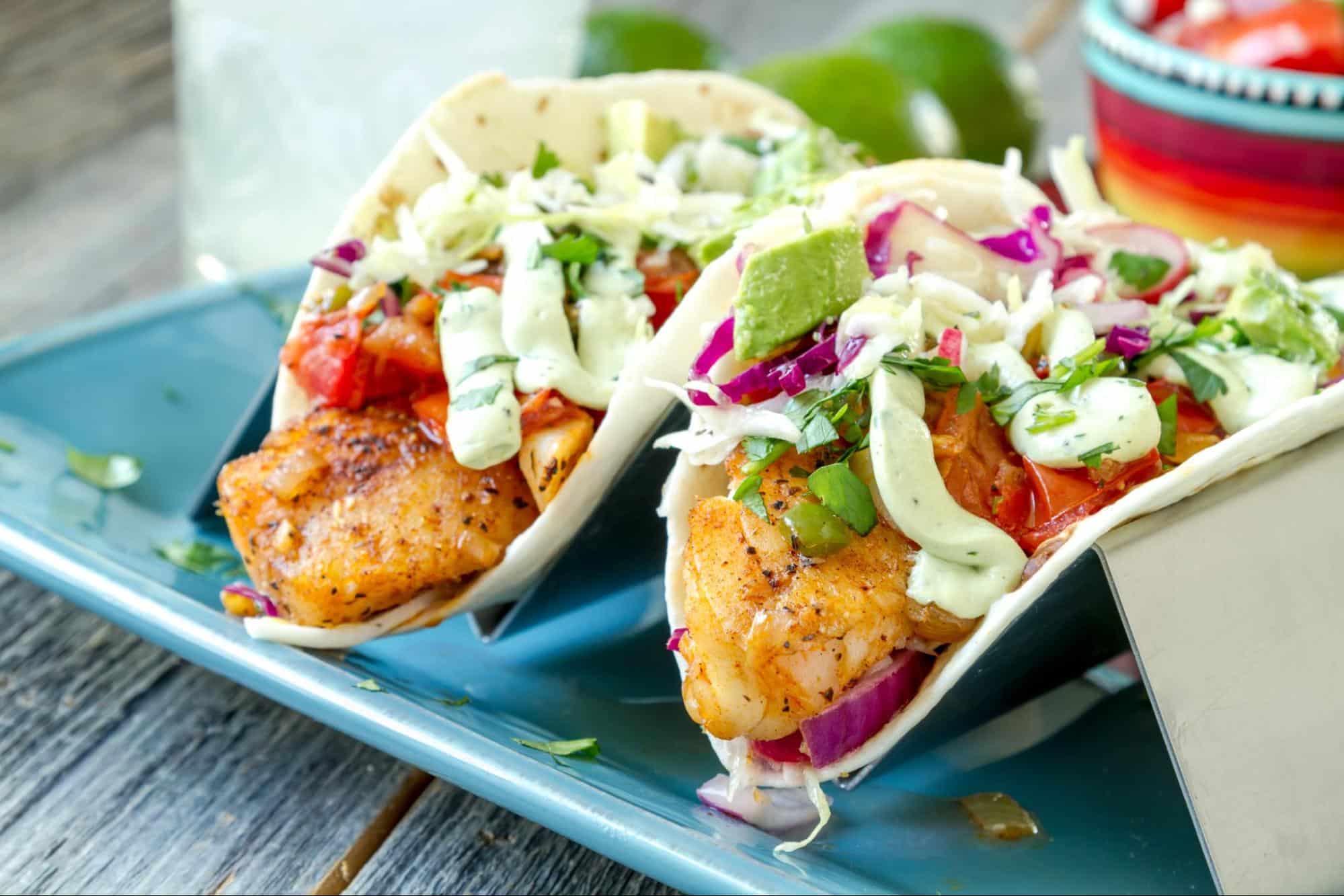Image commercially licensed from: Depositphotos
The ocean is a diverse treasure trove of seafood, offering a variety of flavors, textures, and culinary potential. From fish in open seas to shellfish in coastal beds, the global seafood palette is rich and varied, enhancing dining tables and contributing essential nutrients like omega-3 fatty acids to heart health and overall well-being.
Seafood not only brings health benefits but also plays a vital role in diverse cultural traditions and cuisines globally. It holds a central place in various culinary practices, festivals, and community events, showcasing the distinctive heritage of different regions. LoCo Fish Co., a California-based food truck, focuses on a specialty menu using locally sourced seafood, prioritizing sustainability. The leaders of LoCo Fish Co. emphasize the importance of seafood selection for their business, maintaining a balance with ingredient availability to uphold sustainable harvesting practices.
Understanding Seafood Varieties
The ocean offers a diverse range of seafood catering to various tastes. Recognizing distinctions among seafood types—fish, shellfish, and mollusks—is essential for appreciating their unique flavors and textures and enhancing culinary experiences. Fish, the most commonly consumed seafood, can be finfish or shellfish. Finfish like salmon, tuna, cod, and trout offer firm flesh and distinct flavors, showcasing versatility in cooking. Shellfish, including crustaceans like shrimp and mollusks like clams, provide sweet and tender meat with unique characteristics.
A Closer Look at Shellfish and Mollusks
Exploring the realm of shellfish reveals a diverse range of flavors and textures. Crustaceans, such as lobster and shrimp, stand out for their sweet, succulent flesh that complements various seasonings and cooking styles. Crabs, known for their delicate, flaky meat, add a culinary delight whether steamed, boiled, or used in sophisticated dishes.
“Bivalves like clams and oysters are celebrated for their delicate, briny flavors and are often eaten raw or lightly cooked,” says the owner of LoCo Fish Co. “Cephalopods, such as squid and octopus, are distinguished by their chewy texture and are popular in various cuisines for their ability to absorb flavors.”
Oysters, in particular, are a delicacy, often served raw with a squeeze of lemon or a dash of hot sauce to enhance their natural brininess. Mussels, with their slightly sweet taste, are excellent in stews and sauces, absorbing the flavors of their accompanying ingredients.
Mollusks, a diverse culinary delight, offer a variety of textures and flavors. Octopus and squid, popular cephalopods, are celebrated for their distinctive taste and texture across cultures. Less common but gourmet, gastropods like snails are prized in European cuisines for their delicate texture, often paired with rich sauces like garlic butter to amplify their flavor.
Selecting the Freshest Seafood
Selecting fresh seafood enhances the culinary experience. Freshness is crucial in seafood because it directly impacts flavor, texture, and safety. Identifying fresh seafood and understanding labels and certifications for quality and sustainability, along with seasonality, are vital considerations in seafood selection. The first step in selecting fresh seafood is to engage your senses. Look for fish with a vibrant, natural color.
Fresh fish should be moist, with clear, slightly bulging eyes and rich red or pink gills. Look for firm, shiny fillets and avoid discoloration. Fresh seafood should have a clean or slight briny smell, not a strong fishy odor. The flesh should feel firm to the touch and spring back when pressed. For live crustaceans, ensure intact shells that don’t feel slimy.
Notes the owner of LoCo Fish Co., “When purchasing shellfish, such as clams, mussels, and oysters, they should be closed or close when tapped, indicating they are alive and fresh. Crabs and lobsters should show some movement.”

Understanding Labels and Certifications
Labels and certifications offer crucial details about seafood quality and origin. Look for indicators like wild-caught or farm-raised labels for insights into sourcing. Wild-caught implies a more natural flavor and texture, while farm-raised suggests controlled breeding conditions. Sustainability certifications from organizations like MSC and ASC are essential, ensuring responsible practices and minimal environmental impact. Consider seasonality, as harvesting seafood at the right time, such as wild salmon in late spring to early fall or oysters from September to April, enhances flavor and nutritional value.
“Understanding seasonal seafood also contributes to sustainability,” says the owner of LoCo Fish Co. Consuming seafood during its peak season can reduce the demand for overfished species or those harvested during their breeding or spawning seasons, allowing for population recovery and ecological balance. Consumers can consult seasonal seafood guides or ask knowledgeable fishmongers for advice on the best seasonal choices.

Mastering Seafood Preparation and Cooking Techniques
Seafood cooking is a versatile art that brings out the delicate flavors of the ocean through various methods such as grilling, baking, steaming, pan-frying, and poaching. Grilling imparts a smoky essence, perfect for robust fish like salmon and tuna, while baking is a fuss-free approach suitable for a variety of seafood, especially whole fish. Steaming preserves the delicate texture and subtle flavors, particularly in shellfish, and pan-frying achieves a crispy exterior for smaller fish or fillets. Poaching in a simmering liquid keeps the fish moist and tender, ideal for salads and light dishes. The key to successful preparation is to complement, not overshadow, the innate flavor of seafood with accents like fresh herbs, garlic, and citrus, adjusting seasonings based on the fish’s characteristics.
The Role of Seafood in Everyday Life
Experimenting with various seafood, from the rich textures of salmon to the briny taste of shellfish, opens up culinary possibilities, encouraging the exploration of new flavors. Choosing sustainable seafood not only benefits personal health and culinary experiences but also plays a crucial role in preserving our planet. Opting for responsibly sourced seafood is a commitment to ocean health, supporting ecological balance and ensuring a bountiful ocean for future generations. Incorporating seafood into our diet becomes a celebration of nature’s generosity, promoting better health and contributing to a more sustainable world.
Published by: Aly Cinco





